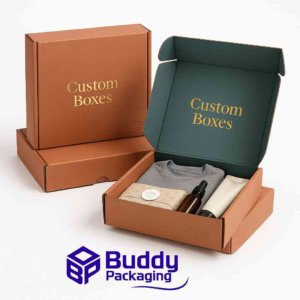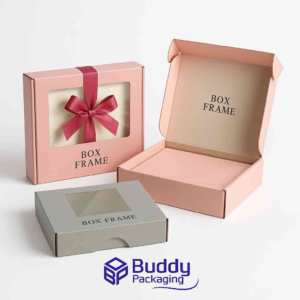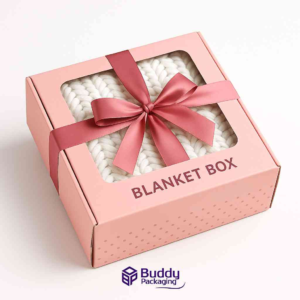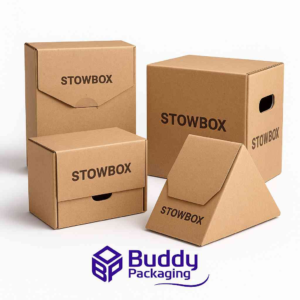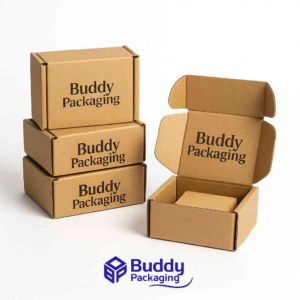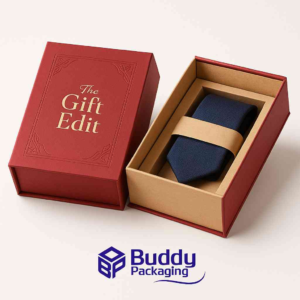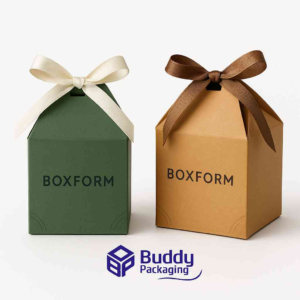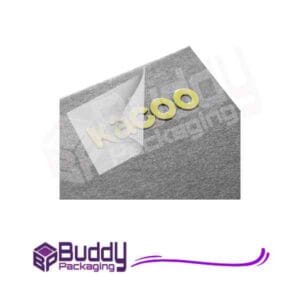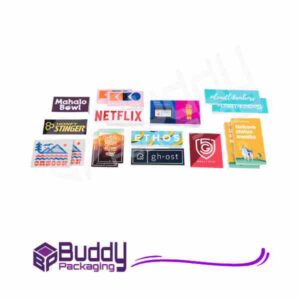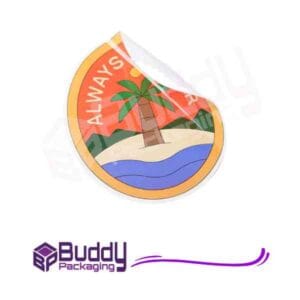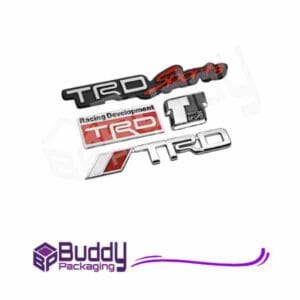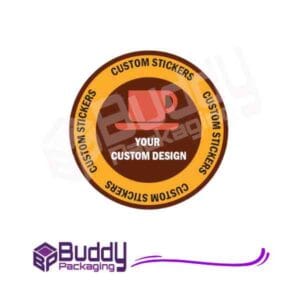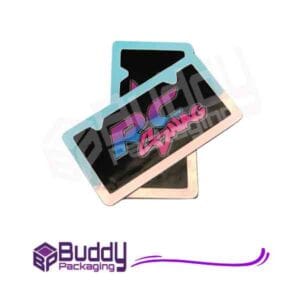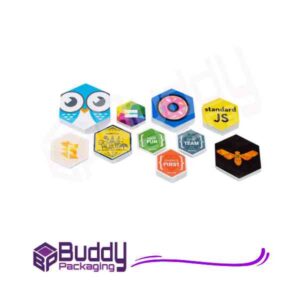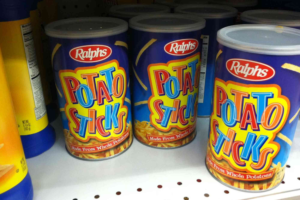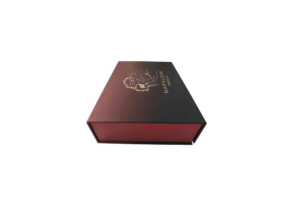Introduction
In today’s competitive food market, energy bar packaging design plays a crucial role in capturing consumer attention and building brand trust. The packaging is not just a protective layer—it’s the first impression your product makes on store shelves or online listings. From colour psychology to material selection, every design decision influences how customers perceive your brand. Whether you’re a startup introducing your first product or an established company refreshing your brand image, understanding how to create effective packaging can set your product apart from the rest.
Why Energy Bar Packaging Design Matters
The energy bar industry has experienced exponential growth, driven by health-conscious consumers and busy lifestyles. With so many choices available, packaging becomes a silent salesman. A well-crafted design communicates the product’s benefits, quality, and story at a glance. It also differentiates your bar from competitors who might offer similar nutritional value. Eye-catching and functional packaging can make your product more appealing, memorable, and ultimately more successful.
Good design also influences repeat purchases. Consumers often associate quality packaging with quality products. A design that feels premium and consistent builds trust, while a poorly designed wrapper may raise doubts about freshness or taste. Moreover, sustainable and recyclable materials can further appeal to eco-conscious buyers, helping your brand align with modern values.
Key Elements of an Effective Energy Bar Packaging Design
Branding and Visual Identity
Your packaging should instantly reflect your brand’s identity. This includes the logo, colour palette, typography, and imagery that together create a cohesive look. A minimalist, clean design might appeal to fitness enthusiasts, while bold, vibrant graphics could target younger or more adventurous audiences. Remember that every element—from font size to background texture—should reinforce your brand’s voice and values.
Clear and Honest Information
Consumers want to know what they are eating. Clearly listing ingredients, nutritional facts, and dietary benefits such as “high protein” or “gluten-free” builds transparency and trust. Highlighting unique selling points on the front, such as “organic ingredients” or “no added sugar,” can quickly attract attention. However, it’s important to balance text and visuals to avoid clutter.
Colour Psychology
Colour influences emotions and purchase decisions. Earthy tones such as brown and green signal natural ingredients, while bright colours like orange or yellow convey energy and vitality. Cool tones such as blue or teal can represent freshness. Choosing the right colour palette ensures your product connects emotionally with your target audience.
Material Selection
The material used for energy bar packaging should protect the bar from moisture, light, and damage while aligning with sustainability goals. Options such as biodegradable films or recyclable wrappers appeal to environmentally aware consumers. The tactile feel of the material also matters—smooth, matte, or glossy finishes all create different perceptions of quality.
Typography and Readability
Font choice greatly affects how information is perceived. Sans-serif fonts often appear modern and clean, while serif fonts add a touch of tradition. Ensure that the product name and key claims are easily readable at first glance. Typography consistency across all product lines builds brand recognition.
Functionality and Convenience
Convenience is key, especially for on-the-go consumers. Easy-open seals, resealable options, and portion-friendly sizes add value to your packaging. Consider how the product will look both individually and in multipacks. A functional design doesn’t just protect the product—it enhances the user experience.
The Role of Sustainability in Modern Packaging
Sustainability has become a driving force in packaging design. Many consumers actively seek brands that reduce waste and carbon footprints. Choosing recyclable or compostable materials is not only environmentally friendly but also a strong marketing message. Using eco-friendly inks or minimalist designs that reduce excess printing can further strengthen your brand’s green credentials. When customers see that your company prioritises the planet, they’re more likely to stay loyal.
Trends in Energy Bar Packaging Design
Modern trends in energy bar packaging design reflect the evolving preferences of health-conscious consumers. Minimalist layouts, muted tones, and simple typography are gaining popularity. Transparent windows on wrappers allow buyers to see the actual bar, which enhances trust and authenticity. Additionally, bold typography paired with modern illustrations is trending, especially among brands targeting younger demographics.
Digital printing is also enabling brands to produce vibrant, high-quality designs in smaller batches. This flexibility helps businesses test new flavours or seasonal editions without large-scale production costs. Personalisation is another trend—limited edition packaging or QR codes that connect customers to brand stories online can deepen engagement.
How to Create a Memorable Energy Bar Packaging Design
Crafting an effective energy bar package involves a blend of creativity, research, and technical understanding. Start by analysing your target audience. Are they athletes, office workers, or parents looking for healthy snacks for children? Understanding your market helps guide design choices.
Next, focus on your brand’s message. What emotions should your packaging evoke—trust, excitement, or calm? Develop a design that visually communicates those feelings. Investing in professional Custom Packaging allows you to tailor every aspect of the wrapper to your specific needs, ensuring your brand stands out both on shelves and online marketplaces.
Collaborating with experienced designers who specialise in food packaging can bring new insights. They can suggest packaging design tips to make your energy bar visually striking while complying with food safety and labelling standards. Testing multiple prototypes before final production helps identify design improvements that might otherwise be overlooked.
Common Mistakes to Avoid in Energy Bar Packaging
One of the biggest mistakes brands make is overloading packaging with information. While transparency is vital, too much text or cluttered graphics can overwhelm buyers. Another error is neglecting shelf impact—what looks great in a digital mock-up might not stand out in real retail environments. Always test how your packaging appears under store lighting and among competitors.
Ignoring sustainability is also risky in today’s eco-conscious market. Choosing non-recyclable materials can alienate customers. Similarly, inconsistency in branding—using different fonts or colours across flavours—can confuse buyers and weaken brand identity. Ensure every variant feels connected yet distinct enough to be recognisable.
The Impact of Digital Presence on Packaging Design
In the age of e-commerce, energy bar packaging design must perform well both physically and digitally. Online shoppers make purchase decisions based on small product images. Therefore, your design should remain clear, readable, and appealing even when viewed on mobile screens. High-resolution graphics, bold product names, and distinct colours help your product stand out online.
Packaging is also a storytelling tool. QR codes can link consumers to videos, sustainability statements, or recipes. This enhances engagement and makes your brand memorable. Many successful brands now design packaging with a digital-first mindset to ensure consistency across all sales channels.
Case Study: How Thoughtful Design Boosts Sales
Several health food brands have demonstrated how effective design directly impacts sales. When a brand redesigns its packaging to highlight its organic ingredients and modern aesthetic, customers perceive it as higher quality. This not only attracts new buyers but also encourages existing customers to repurchase. The combination of vibrant colours, eco-friendly materials, and clear labelling reinforces the brand’s position as a trusted health partner.
How to Choose the Right Packaging Partner
Partnering with the right packaging provider ensures quality, compliance, and creative flexibility. Companies like Buddy Packaging Location offer expertise in creating durable, visually compelling packaging that resonates with consumers. They can help translate your brand story into tangible design elements, using materials and finishes that align with your marketing goals and budget. Working with such experts gives your brand an advantage in producing packaging that not only looks great but also performs effectively.
Make Your Energy Bar Stand Out
In a world flooded with health snacks, distinctive energy bar packaging design is your ticket to success. It conveys your brand’s story, promises quality, and influences purchasing decisions within seconds. By focusing on clarity, sustainability, and emotional appeal, you can create packaging that drives sales and builds long-term loyalty. Don’t treat packaging as an afterthought—it’s a vital part of your brand identity and marketing strategy.
If you’re ready to elevate your energy bar brand, explore professional Custom Packaging options and follow proven packaging design tips to create packaging that inspires trust and excitement. Let your brand speak through its design and leave a lasting impression on every shelf.
FAQs
What should I include on energy bar packaging?
Include your brand logo, product name, ingredients, nutritional information, and any claims like “high protein” or “vegan.”
Which material is best for energy bar packaging?
Foil-lined or biodegradable film wrappers are ideal because they keep the product fresh while offering eco-friendly options.
How can packaging design increase sales?
A well-designed package attracts attention, communicates trust, and differentiates your product—encouraging impulse purchases and brand loyalty.
What colours are best for energy bar packaging?
Bright colours such as yellow or orange convey energy, while greens and browns communicate natural or organic qualities.
How do I design sustainable packaging?
Use recyclable or compostable materials, reduce printing, and work with suppliers who support environmentally friendly production practices.


